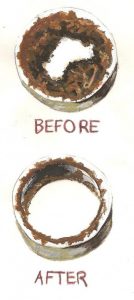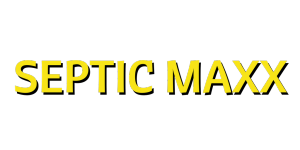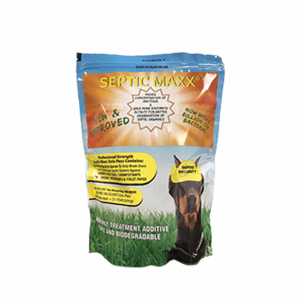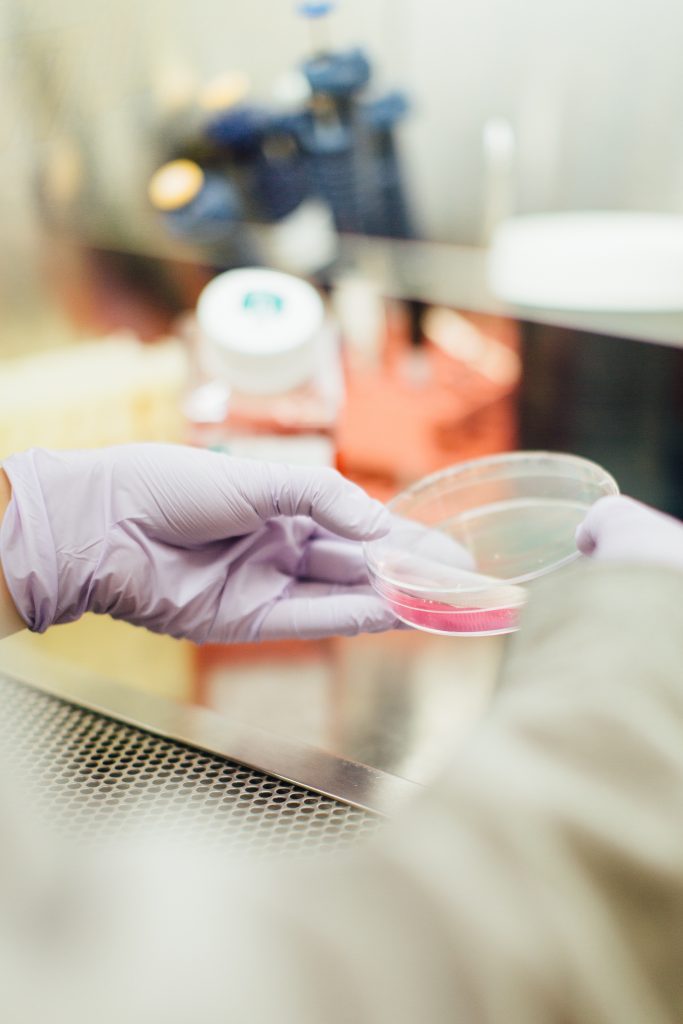How Maxx’s Products Works to Protect Your System
Maxx’s Products contains billions of microscopic bacterial organisms that naturally occur in the environment and an enzyme blend that will help convert the waste that is flushed in your septic system into clean, healthy water. Together, they are responsible for the treatment of your wastewater. Enzymes degrade particles into smaller pieces so the bacteria can absorb it and digest it further, leaving a healthy septic tank system. Maxx’s Products will convert the waste that is flushed in your septic system into clean healthy water that can be put back into the environment.
 The species of bacteria contained in Maxx’s Products are all non-pathogenic and naturally occurring and are commonly referred to as “good bacteria”. The microorganisms found in Maxx’s Products include Bacillus subtilis, Bacillus licheniformis, Bacillus megaterium, Bacillus polymyxa and Bacillus circulans. These microorganisms degrade oils and fats, vegetable and meat particles, toilet paper, hair and fecal matter resulting in clean, clarified water. Additionally, when these bacteria are thriving in the septic system, they are also destroying harmful pathogenic bacteria such as E-Coli and Salmonella. This is extremely important because the water that can leach from the septic tank will not contaminate the clean ground water which can then end up in lakes and rivers causing severe health hazards.
The species of bacteria contained in Maxx’s Products are all non-pathogenic and naturally occurring and are commonly referred to as “good bacteria”. The microorganisms found in Maxx’s Products include Bacillus subtilis, Bacillus licheniformis, Bacillus megaterium, Bacillus polymyxa and Bacillus circulans. These microorganisms degrade oils and fats, vegetable and meat particles, toilet paper, hair and fecal matter resulting in clean, clarified water. Additionally, when these bacteria are thriving in the septic system, they are also destroying harmful pathogenic bacteria such as E-Coli and Salmonella. This is extremely important because the water that can leach from the septic tank will not contaminate the clean ground water which can then end up in lakes and rivers causing severe health hazards.
There are four different enzymes added in the Maxx’s Products product blend: lipase, protease, cellulase and amylase. Enzymes are like the machinery needed for the bacteria to reduce the solids. The bacterial species naturally excrete these enzymes in order to facilitate the uptake of nutrients. They are added into the formula to provide a beneficial relationship between the bacteria and the surrounding material.
Here is a Description of Each Enzyme
Protease
Proteases are capable of chewing down proteins. Proteins are found in a wide variety of food products such as meats and vegetables. These can be found in the septic systems from fecal matter or from simply washing your plates after you eat. Hair also contains a protein called keratin. Protease will help degrade hair in your septic tanks as well.
Lipase
Lipase breaks down fats and greases that end up getting stuck in your drains and float at the top of your septic tank. They source from any foods that are high in fats or that are cooked in oils.
Cellulase
Cellulase breaks down a compound called cellulose, the main component of paper. Toilet paper can be a major problem in septic systems; however Maxx’s Products can degrade up to 99% of toilet paper as shown by tests performed in our laboratory. Not only does it help degrade the material in septic tanks, it helps bacterial activity by providing its fuel to survive and flourish.
Amylase
Amylase breaks down starches that are found in many vegetables. This ends up in your septic tank from dishwashers and sinks.

Call Now To Place An Order (800) 397-2384


